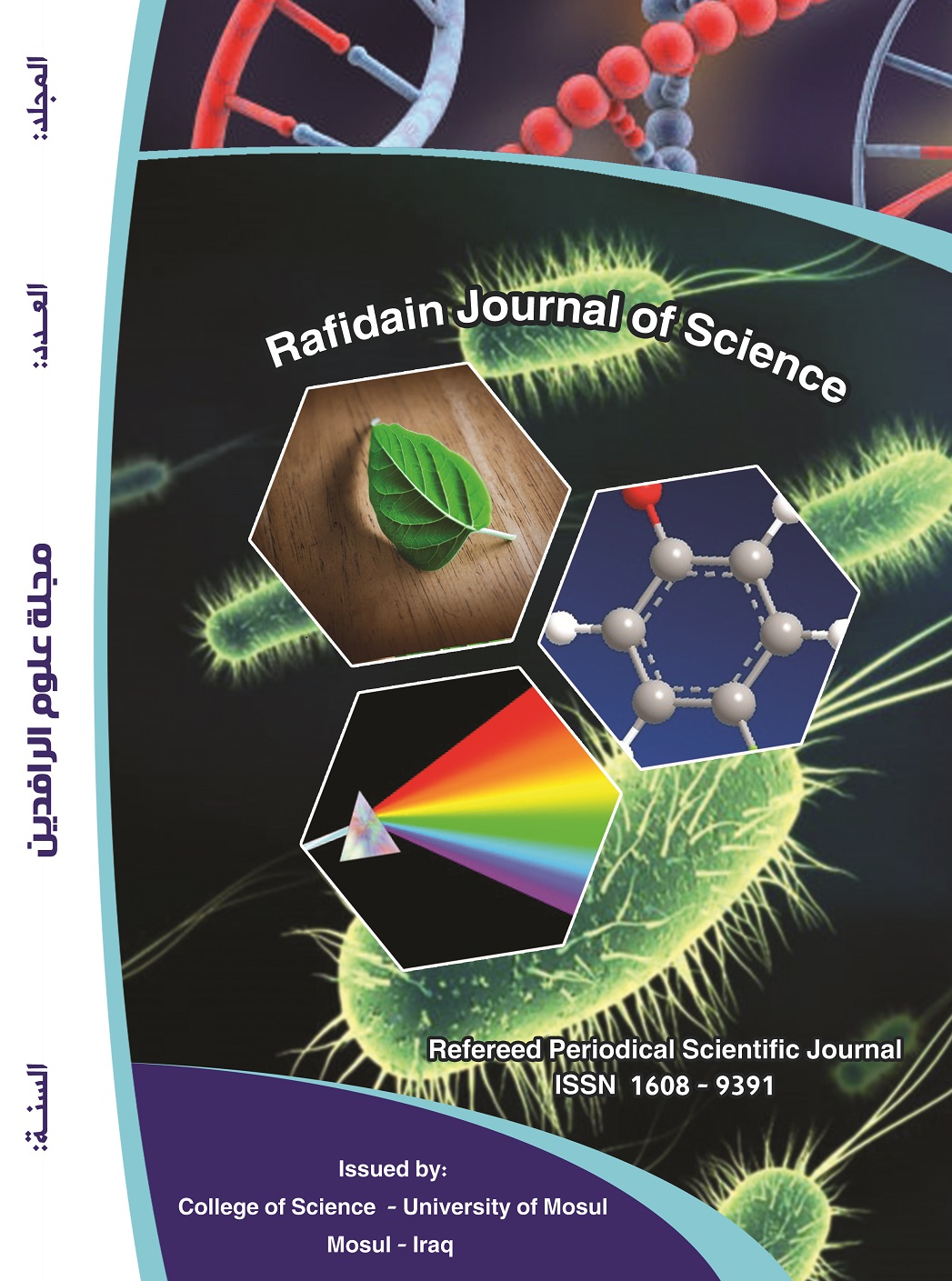Abstract
A pot experiment was conducted at the greenhouse of Science College- Salahaddin University-Erbil, Iraq, during November 2009 to April 2010 to study the effect of different concentrations of dill plant residue (added to soil at ratio 0, 2, 4, and 6% W: W mixed and incubated for four weeks) on some vegetative growth characters and chemical composition of leaves and grains of two barley cultivars (C1= Tedmor, C2=Barbara). The results indicated that the different concentrations of dill plant residue were affected significantly (P≤ 0.05) on most growth characters except number of tiller/plant. The highest values for all studied growth characters were recorded at 2% of dill plant residue for both cultivars. On the other hand, statistical analysis showed significant (P≤ 0.05) differences between two cultivars on nutrient content of leaves and seeds. In general, increasing level of dill plant residue led to significant increase of nitrogen, protein percent, proline, phosphorus, Fe, K+, and Na+ content of the leaves in both cultivars.
Keywords
allelopathy
Barley.
Dill plant residues
Abstract
تم أجراء تجربة السنادين في البيت الزجاجي لكلية العلوم- جامعة صلاح الدين- أربيل، للمدة من تشرين الثاني 2009 الى نيسان 2010 لدراسة تأثير تراكيز مختلفة من بقايا نبات الشبت (مضافة الى التربة بنسب 0، 2، 4، 6% وزن: وزن ممزوجه ثم حضنت لمدة اربعة أسابيع)، في بعض خصائص النمو الخضري والتركيب الكيمياوي للاوراق و البذور لصنفين من الشعير (تدمر= C1، بربارا = C2). أظهرت النتائج بأن التراكيز المختلفة من بقايا نبات الشبت أثرت معنويا (P≤ 0.05) على صفات النمو عدا عدد الأفرع/ نبات. أعلى القيم لكل الصفات المدروسة سجلت في تركيز 2% من بقايا نبات الشبت لكلا الصنفين. ومن جهة اخرى أظهرت نتائج التحليل الأحصائي وجود اختلافات معنوية (P≤ 0.05) بين الصنفين من خلال محتوى المغذيات للاوراق والبذور. وبشكل عام لوحظ بان زيادة مستوى بقايا نبات الشبت أدت الى زيادة معنوية في النسبة المئوية للنتروجين و البروتين و تركيز كل من برولين، الفسفور، الحديد، البوتاسيوم، ومحتوى الصوديوم في أوراق كلا الصنفين.
